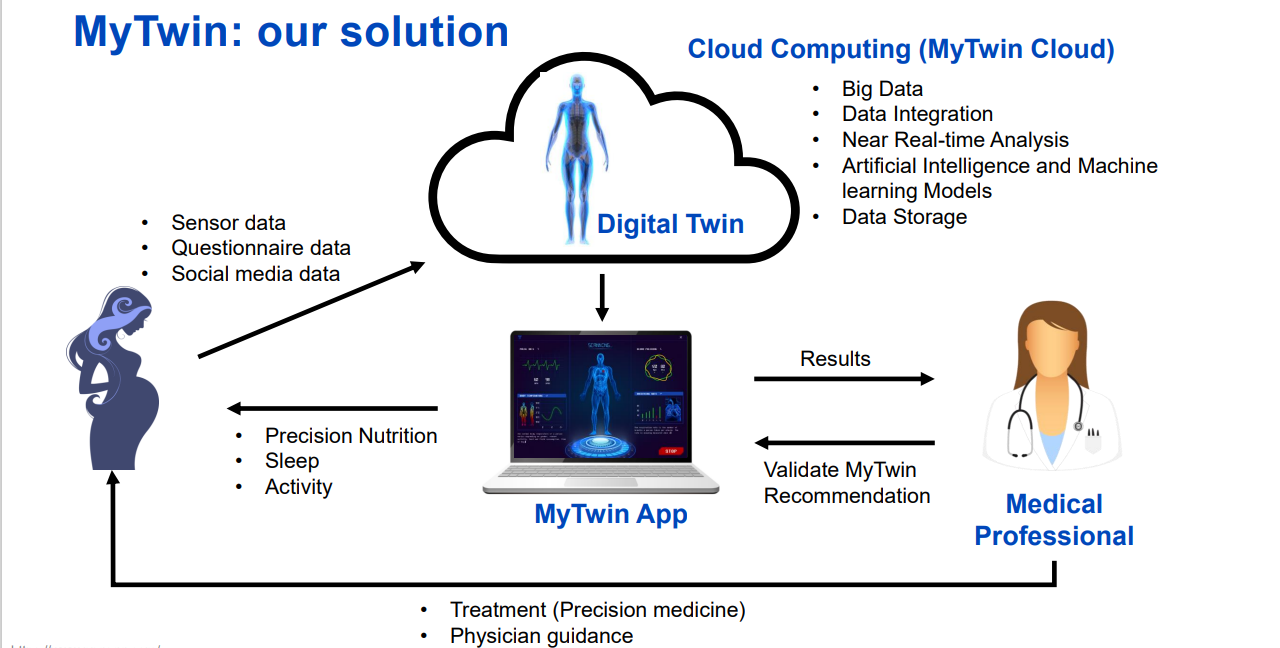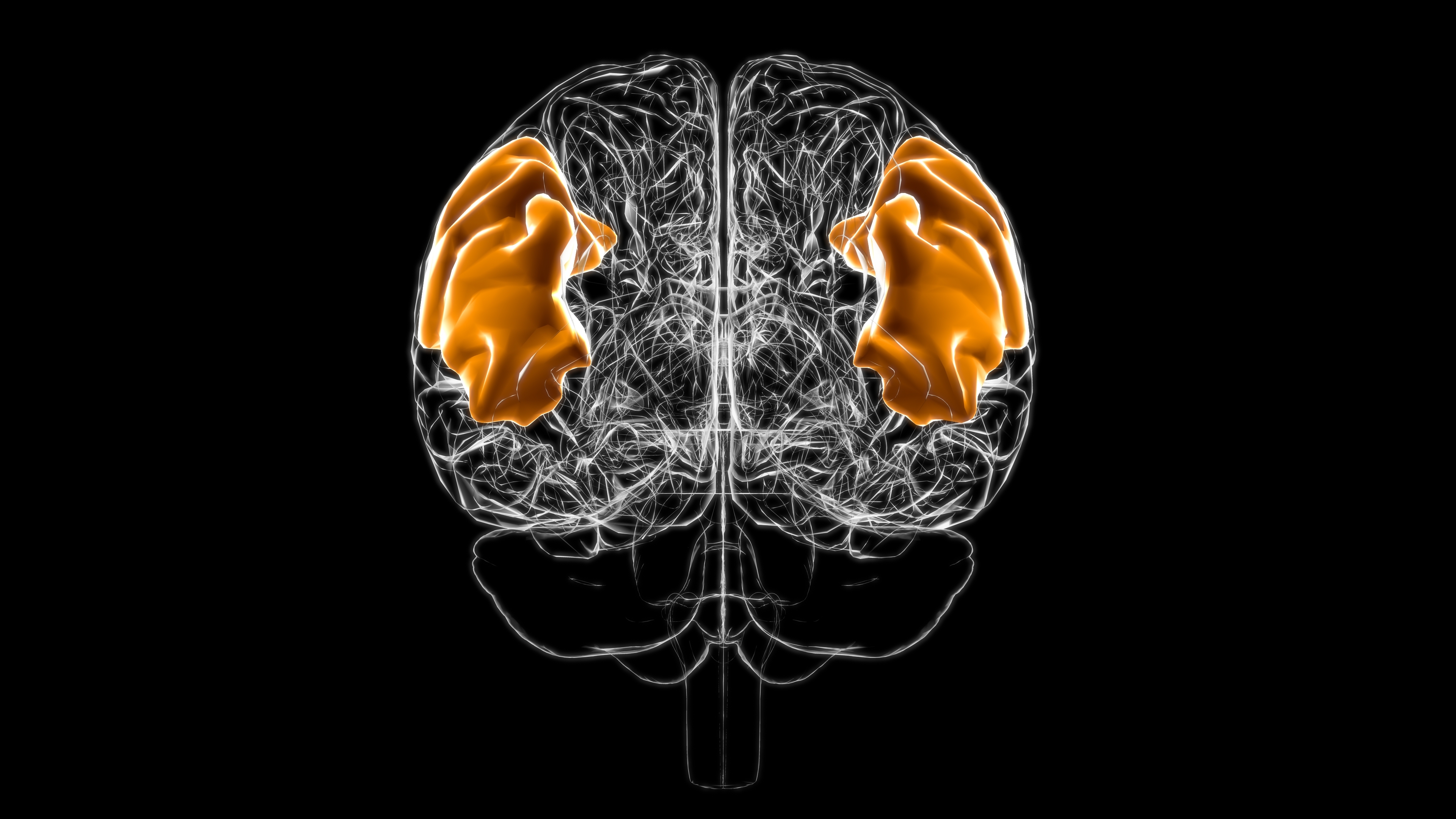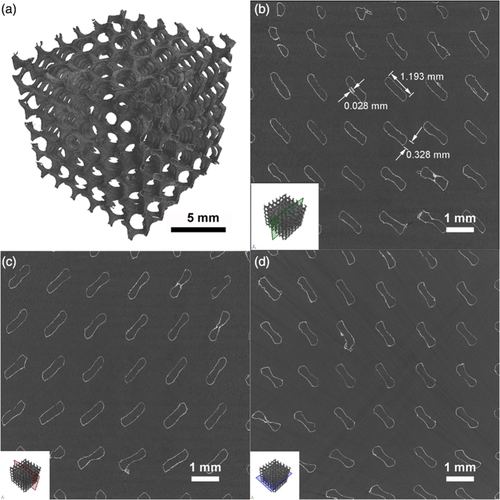
Artificial intelligence and machine learning techniques could offer a breath of fresh air to the planet as new research from Khalifa University aims to predict future concentrations of atmospheric pollutants.
A complex cocktail of pollutants stemming from a mix of human and natural sources is impacting the health of the planet and its inhabitants. Rapid urbanization and societal development, including an increase in vehicle usage, construction, and indoor heating, have caused a deterioration in air quality, prompting the need to forecast and mitigate air pollution.
One prominent pollutant is nitrogen dioxide (NO2), one of the most reactive gases in the atmosphere and one of the substances that reacts to form acid rain. Breathing air with a high concentration of NO2 can irritate the respiratory system, aggravating asthma and contributing to the development of respiratory infections. But beyond its environmental effects and consequences on human health, what makes NO2 particularly dangerous is its role in boosting the density of other air pollutants, such as ground-level ozone and fine particles.
Leveraging advancements in artificial intelligence, researchers have turned to computational analysis to assist. Dr. Aamna AlShehhi, Assistant Professor of Biomedical Engineering, with Roy Welsch, MIT, compared and validated the performance of several cutting-edge artificial intelligence models to examine the temporal characteristics of NO2 concentration in the atmosphere across the UAE. The models were trained on data collected by the Environment Agency Abu Dhabi from 19 environmental monitoring stations. Dr. AlShehhi’s research is the first to investigate the temporal characteristics of NO2 and to pioneer the use of advanced deep learning models for this purpose. Her results were published in the Journal of Big Data, a top 1% journal in the field of computer science.
“Nitrogen dioxide is a common air pollutant associated with several adverse health problems,” Dr. AlShehhi said. “Due to society’s urgent need to reduce the concentration of NO2 in the atmosphere, several scientific efforts have been allocated to understanding pollutant patterns and to predict future concentrations using machine learning and deep learning techniques.”
While the power of machine learning techniques in predicting future NO2 concentrations has been demonstrated, the domain is still in its infancy. There remains a research gap in adopting advanced deep learning techniques, which Dr. AlShehhi’s research aims to fill.
Predicting future air quality is a complex task due to dependence on multiple variables, including meteorological conditions, traffic pollution, and industrial emissions. This research focused on the patterns of nitrogen dioxide in the UAE, whose major sources of NO2 emissions include oil and gas production and refining, power generation, and water desalination, in addition to traffic emissions. The datasets from the various monitoring stations indicated that NO2concentrations tend to decrease in summer due to photochemical reactions that produce ground-level ozone.
The UAE has been actively striving to improve air quality by measures such as establishment of the National Air Quality Platform, promoting collaboration among government agencies, and promoting environment-friendly practices.
Dr. AlShehhi’s research investigated different predictive models for future NO2 concentrations, including MiniRocket, Residual Network for time series, XCeptionTime, InceptionTime, and Transformer for time series. Her results found the Transformer-based deep learning model outperformed others in predicting the daily NO2 concentration one month ahead. Despite the model’s limitations, such as inclusion of non-meteorological NO2 emissions data from the Covid-19 lockdown period, its overall performance indicated an effective capture of the daily and weekly cycle patterns of NO2.
Despite the complexity of NO2 prediction, Dr. AlShehhi’s work demonstrates that deep learning models, when trained with historical NO2 information, can effectively forecast future levels.
“Future work will be directed towards implementing and testing the different deep learning models to predict different air pollutant concentrations and to reveal the association between different pollutants and ozone production,” Dr. AlShehhi said. “This study used different models for each environmental monitoring station, which is computationally time-consuming and expensive. Investigating the capabilities of training a single model and adopting it across all stations will be considered to reduce the computation resource requirements.”
Jade Sterling
Science Writer
14 August 2023






